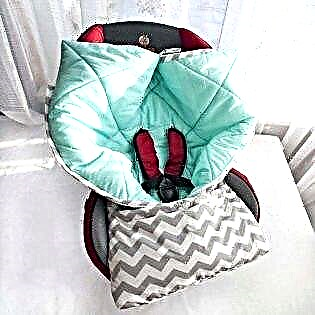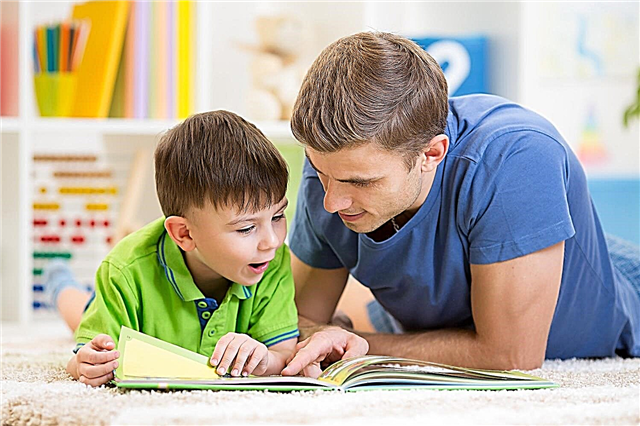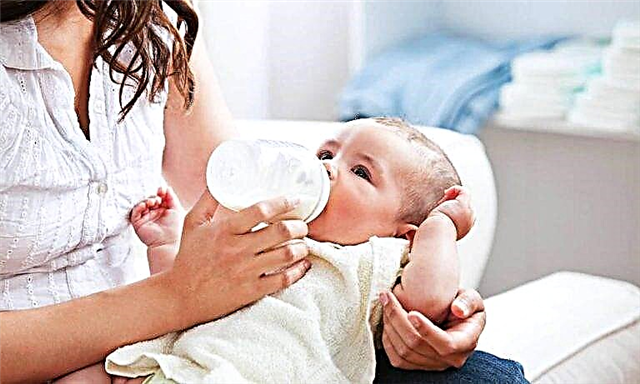
An important accessory, necessary both for the discharge of the child from the maternity hospital, and for future walks and trips, is the newborn envelope. If the family has personal vehicles, then when choosing an envelope, you need to take into account some of the nuances.

Features:
An envelope for newborns is like an ordinary blanket that can be buttoned in a certain way. In this case, a certain pocket will be formed, in which the baby will be. For a child, being in an envelope provides warmth and comfort, and it is much easier for parents to carry a baby in such an accessory.

Traditionally, baby envelopes are used to pick up a newborn from the hospital and take him to christening, so they are often additionally decorated with ruffles, patterns or prints. But the applicability of such a product is not limited to solemn events - it is much easier to carry the child in his arms and put him in a stroller, and in the case of traveling by car, a special accessory will greatly facilitate fastening and at the same time limit the baby's mobility, which will allow parents to worry less about him safety.
The key difference between car seat envelopes from all their other types is the presence of special slots, which are designed to fasten seat belts.


Varieties
According to the type of seat belts for which the auto envelopes are designed, they are divided into the following options:
- for three-point belts;
- for five-point belts;
- universal.

According to their insulation, such accessories for car seats are divided into three main categories.
- Summer. Designed for warm weather, they are usually made of lightweight and breathable materials. The main function of such envelopes is to make it easier for the child to carry, protect him in the wind and provide comfort for him and his parents.
- Demi-season. Designed for autumn and spring, when temperatures can fluctuate greatly and precipitation falls. Such accessories should be quite warm, but not too hot, and provide protection from possible rain.
- Winter. The warmest variety of baby envelopes.
Summer accessories are usually the simplest variations of children's envelopes and represent a kind of light blanket, while winter ones are distinguished by a large variety of offered models.
- Usual. This option can additionally have the option to turn into a blanket or be equipped with a built-in mattress.
- Convertible envelope. It can have a detachable warm lining, which allows it to be transformed into a summer version, and can also be turned into a regular blanket. Often, the upper part of such accessories can be transformed into a hood, which will additionally protect the baby from the cold, gusts of wind and precipitation.
- Overalls-transformer. This is already a piece of children's clothing, whose lower part can be turned into an envelope.


Dimensions
Currently, the following classification of children's envelopes by size has been adopted:
- options for light newborns - focused on weight up to 3 kg 300 g;
- models for medium-sized children - suitable for babies weighing from 3 kg 300 g to 3 kg 500 g;
- envelopes for strong babies - suitable for children weighing more than 3 kg 500 g

Materials
Below are the materials used in the manufacture of children's accessories.
- Natural fur. These are the warmest varieties, usually antibacterial and provide good protection from moisture and wind, but can cause allergies and are quite expensive.
- Nylon. An auto envelope made of this material protects well from moisture and wind, but not warm enough.
- Microfiber. The material absorbs well and gives off moisture and does not fade, but requires special care and has a short service life.
- Membrane envelopes. Do not heat without insulation, but protect from moisture.
- Fleece envelopes. They are quite warm and waterproof versions of auto envelopes, while the material is very breathable and completely hypoallergenic. These envelopes are most suitable for use in the fall and spring.
- Cotton and fabrics based on it. This variation is used only for summer trips and walks, as it absorbs excess moisture and is well ventilated, but does not insulate.

As additional insulation for winter accessories, they are usually used:
- wool - insulates well, but rather heavy;
- fluff - very warm and light material, but often causes allergic reactions;
- synthetic fiber insulation (Fibertek, synthetic winterizer, silicone, alpolux) are quite light, warm and do not cause allergies.

How to choose?
When choosing an envelope, it is most important to take into account the season in which the baby was born. A summer envelope will be useless in winter, and vice versa. A good option would be to buy a transforming envelope that can be used in the first six months of a child's life, regardless of the weather.
In addition to the seasonality of the accessory, it is important to carefully study the pros and cons of the materials used in its manufacture. It is best not to purchase products made with potentially allergenic materials. If you plan to use the envelope only for road trips, then fleece and cotton options with light synthetic filling will go well, and when the envelope is needed both for a car and for walking in a stroller, then it is better to stay on warmer accessories.


Another important factor when choosing the envelope material is the ease of caring for it, because you will have to wash the envelope very often. If the family does not have a modern washing machine and dryer, then it is better not to purchase envelopes with fur, down and microfiber. But products made of cotton or polyester are the easiest to maintain.
It is important to take into account that even products made from the best materials can greatly lose quality due to improper sewing, so you should pay special attention to the accuracy of the accessory's seams.


By size, you need to focus on the weight of the baby - it makes almost no sense to take options "for growth", since after six months of life, the child will calmly ride in a category 0+ chair. At the same time, it is not worth taking an envelope very close to it either - you need to take into account that the baby will ride in it dressed.
By the type of slots, it is worth choosing an envelope for the belts of a particular machine. If you plan to travel not only by family transport, but also by taxi, then the best option would be to buy an accessory with universal slots.


Tips
For the safety and comfort of the child, it is important to comply with all of the above requirements. But the additional comfort of the parents will ensure that the envelope has the following features:
- fasteners that help to quickly change the child's clothes and adjust the size of the envelope;
- a hood or the possibility of creating it from the top of an accessory to protect against cold and precipitation, while hoods with drawstrings fit best;
- handles to facilitate transportation of the baby in the envelope;
- Velcro at the hole for seat belts, allowing you to use the envelope not only in the car, but also for walking in bad weather.
It is also worth knowing that newborn babies are not very fond of too bright colors and complex patterns.
See below for an overview of the baby envelope in the car seat.



